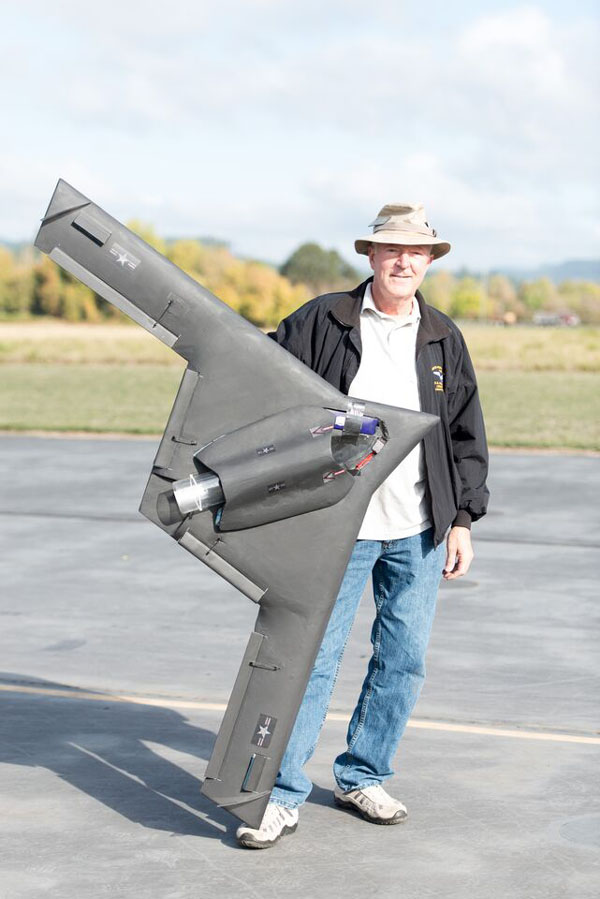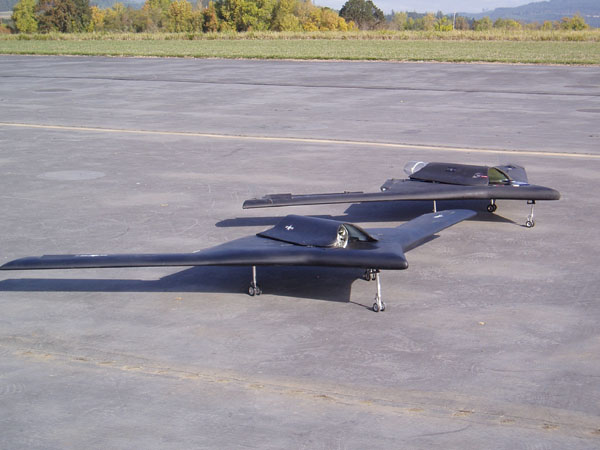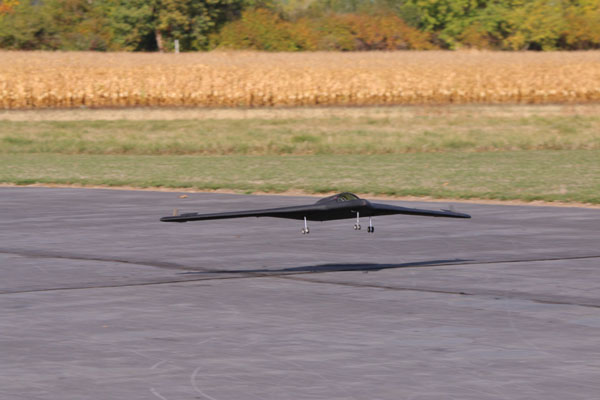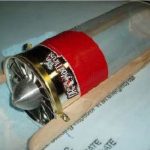GSNadmin
Staff member
I have always been fascinated by flying wings that seem to defy flight as we know it. I was looking for an airframe to use for first-person-view experiments and the advantages of a flying wing kept coming up. Then I read about the RQ-180, the U.S. Air Force’s newest top secret intelligence, surveillance, and reconnaissance unmanned aerial vehicle (UAV). With a wingspan that could reach 130 feet, the R-180 was developed in secret by Northrop Grumman under the Air Force’s classified budget.
Design and Text by Earl Aune
Published in the July 2017 issue of MAN, the RQ-180 has gained some interest, so here are my instructions and a set of downloadable building drawings. Click the links below.
RQ-180 Drawings
RQ-180 Construction Guide
 Some quick Internet research revealed the RQ-180 has quite a history already, and it is yet to be deployed (or so we are told). As of this writing, the RQ-180 has yet to be seen by civilians, so the only documentation that can be found is a variety of artist conceptions or blurry photos from unidentified individuals hanging around Area 51.
Some quick Internet research revealed the RQ-180 has quite a history already, and it is yet to be deployed (or so we are told). As of this writing, the RQ-180 has yet to be seen by civilians, so the only documentation that can be found is a variety of artist conceptions or blurry photos from unidentified individuals hanging around Area 51.
Therefore, the RQ-180 outline I developed is derived from existing flying-wing designs (B2, RQ-170) and several artist conceptions, including the one on the cover of the December 2013 issue of Aviation Week & Space Technology.
Weighing in at just over 6 pounds with a 6S 4500mAh LiPo, this 1/20-scale flying wing has a wingspan of 74 inches and is powered with a 90mm ducted fan. It is constructed out of 2-inch-thick blue insulation foam.

The big question was would this model actually fly? The answer didn’t come easily as the first few attempts only revealed that the center of gravity (CG) was off and that the airframe can really take a beating while performing cartwheels, nose plants, tail flops, and many other “scare-o-batics” that it went through with surprisingly little damage. After some refinements and a correct CG placement, the model is now stable yet responsive and is a pure joy to fly. It can be hand-launched at half power, but retracts take the risk out of a bungled throw. The plane flies like a glider, even riding thermals with the power off. Since its drag coefficient is so low, it will glide around without power quite well. But be careful with landings as it tends to float by in ground effect, which uses up the entire runway.

My latest bird has retracts and automatic drag rudders using a Naze32 controller for yaw stability. Master builder and veteran U.S. Scale Masters flight judge Buz Hampton also built one as a prototype from the plans as they developed, and true to form, his turned out much better looking than mine.












Model Airplane News - The #1 resource for RC plane and helicopter enthusiasts featuring news, videos, product releases and tech tips.
Continue reading...
Design and Text by Earl Aune
Published in the July 2017 issue of MAN, the RQ-180 has gained some interest, so here are my instructions and a set of downloadable building drawings. Click the links below.
RQ-180 Drawings
RQ-180 Construction Guide
History and Specifications
 Some quick Internet research revealed the RQ-180 has quite a history already, and it is yet to be deployed (or so we are told). As of this writing, the RQ-180 has yet to be seen by civilians, so the only documentation that can be found is a variety of artist conceptions or blurry photos from unidentified individuals hanging around Area 51.
Some quick Internet research revealed the RQ-180 has quite a history already, and it is yet to be deployed (or so we are told). As of this writing, the RQ-180 has yet to be seen by civilians, so the only documentation that can be found is a variety of artist conceptions or blurry photos from unidentified individuals hanging around Area 51.Therefore, the RQ-180 outline I developed is derived from existing flying-wing designs (B2, RQ-170) and several artist conceptions, including the one on the cover of the December 2013 issue of Aviation Week & Space Technology.
Weighing in at just over 6 pounds with a 6S 4500mAh LiPo, this 1/20-scale flying wing has a wingspan of 74 inches and is powered with a 90mm ducted fan. It is constructed out of 2-inch-thick blue insulation foam.

The big question was would this model actually fly? The answer didn’t come easily as the first few attempts only revealed that the center of gravity (CG) was off and that the airframe can really take a beating while performing cartwheels, nose plants, tail flops, and many other “scare-o-batics” that it went through with surprisingly little damage. After some refinements and a correct CG placement, the model is now stable yet responsive and is a pure joy to fly. It can be hand-launched at half power, but retracts take the risk out of a bungled throw. The plane flies like a glider, even riding thermals with the power off. Since its drag coefficient is so low, it will glide around without power quite well. But be careful with landings as it tends to float by in ground effect, which uses up the entire runway.

My latest bird has retracts and automatic drag rudders using a Naze32 controller for yaw stability. Master builder and veteran U.S. Scale Masters flight judge Buz Hampton also built one as a prototype from the plans as they developed, and true to form, his turned out much better looking than mine.












Model Airplane News - The #1 resource for RC plane and helicopter enthusiasts featuring news, videos, product releases and tech tips.
Continue reading...
